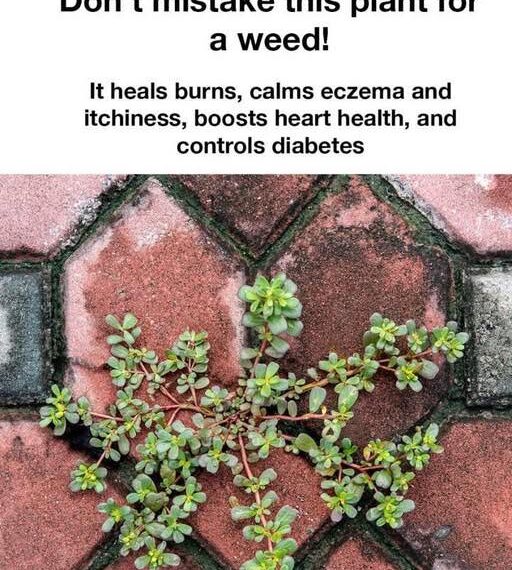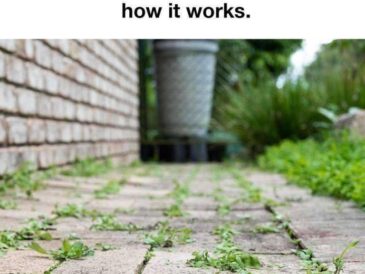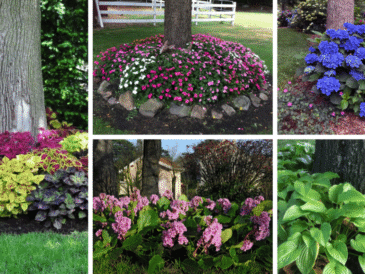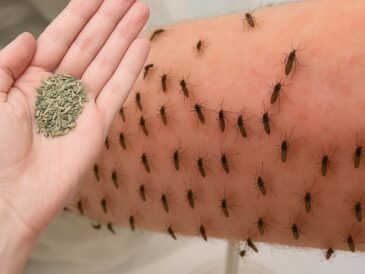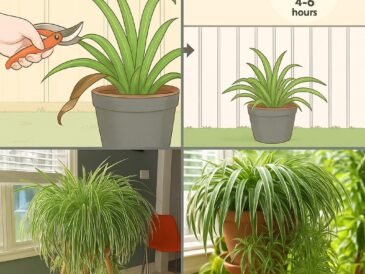Identification Tips:
- Low-growing, mat-forming habit
- Fleshy, smooth leaves
- Reddish stems
- Small yellow flowers
⚠️ Don’t confuse it with the toxic spurge plant, which looks similar but has milky sap and non-succulent leaves.
Harvesting:
- Clip young stems and leaves in the morning
- Rinse well to remove dirt and dust
- Use immediately or refrigerate for 3–5 days
🌿 Growing Purslane at Home
Good news! Purslane is super easy to grow.
- Sow seeds directly in warm soil
- Prefers sunny, dry conditions
- Grows well in pots or garden beds
It’s drought-tolerant, grows fast, and practically thrives on neglect.
📜 Historical & Medicinal Use
Purslane has been used in Ayurveda and Traditional Chinese Medicine for:
- Detoxification
- Soothing inflammation
- Cooling fevers
- Treating wounds and burns
The mucilaginous gel from the leaves is also applied to skin rashes, bites, and minor wounds.
♻️ Sustainable, Wild, and Free
Because it grows wild and needs no fertilizers, pesticides, or special care, purslane is an eco-friendly superfood.
- No need for packaging or transport
- Grows in urban areas
- Reduces food waste when foraged instead of discarded
Conclusion: Embrace the Power of Purslane
Purslane is not a pesky weed – it’s a nutrient-dense, medicinal, and culinary treasure hiding in plain sight. Whether you forage it, grow it, or buy it at a farmer’s market, this humble plant deserves a place in your kitchen and your wellness routine.
Next time you see it in your garden — don’t pull it, eat it!
FAQs
1. Is it safe to eat purslane every day?
Yes, in moderate amounts. It’s rich in nutrients and low in calories.
2. Can children eat purslane?
Absolutely! Just make sure it’s properly cleaned and not confused with look-alikes.
3. Does purslane contain oxalates?
Yes, in small amounts — so those with kidney stone concerns should consume it in moderation.
4. Can I cook purslane like spinach?
Yes! It wilts just like spinach and is great sautéed or added to soups.
5. Where can I find purslane seeds?
Many online seed companies sell them, or you can collect seeds from wild plants.
